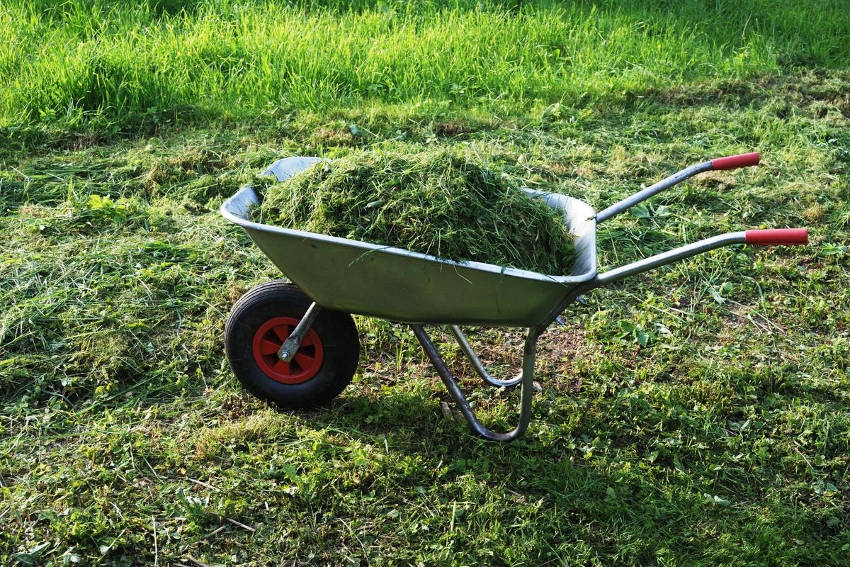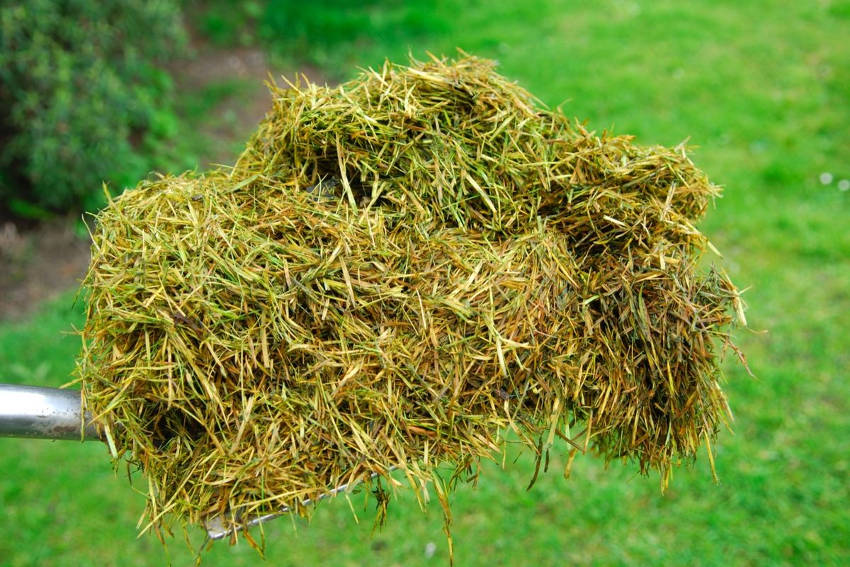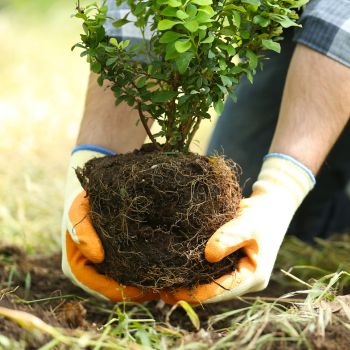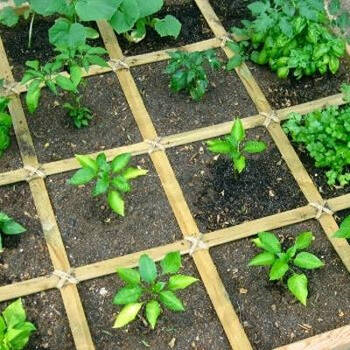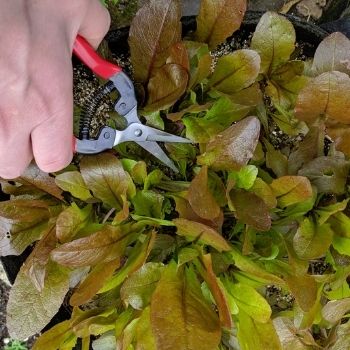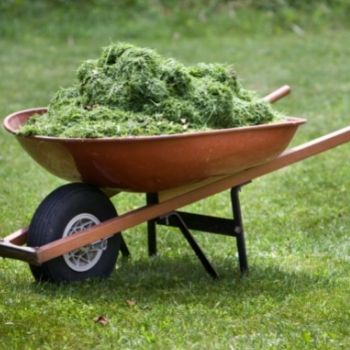Over a good summer, the amount of grass clippings you produce by mowing your lawn can really mount up. There are many ways of disposing of them, but if you remove them from your yard completely you're letting a valuable resource go to waste. Here are five sustainable ways of using them instead to benefit your yard and your gardening.
- Leave The Grass Clippings
If you've only given your lawn a quick trim, clippings of less than 3cm or so in length can be left alone where they fall. They'll quickly fade back into the soil, returning nutrients to it and helping to keep the remaining grass healthy.
- Add to Your Compost
Leaving longer clippings lying around will harm rather than help your lawn, blocking off sunlight and choking the living grass. Added to that, a lawn covered in long clippings is unsightly, and once the grass dries it becomes unpleasant to walk across.
After raking them up, add the clippings to your compost heap, where they'll soon rot down and produce a nourishing compost to benefit all your other plants. However, you need to do this carefully to see the best results.
Adding a pile of clippings on top of your heap usually means they dry out rather than start to degrade, leaving you with hay rather than fresh soil. Instead, layer your clippings in with other organic material such as prunings or chipped twigs, or even sheets of paper or cardboard. Make sure your heap is well aerated, and the grass will compost down in no time.
Another very important note when adding grass to your compost heap is make sure your speies of grass does not have an invasive habit. Some types of grass produce masses of runners and may take root and spread when added to compost. You should avoid adding these types of grasses to your compost.
- Organic Mulch
Mulches are a great way of protecting plants from the elements, maintaining soil moisture in dry conditions, and helping to keep weeds under control. Turn your grass into an excellent organic mulch by drying it in the sun for a few days, and then spreading it over the soil surface around the plants you want to protect. And what's more, when the weather turns colder and wetter, the grass will rot down within a few months to nourish to the soil ready for next year.
(Avoid using invasive grasses as a mulch.)
- Soil Improvement
If parts of your yard have poor soil which doesn't drain well, dig your grass clippings directly into it and they'll improve the texture as well as adding nutrients. The more clippings you add, and the more often, the better your soil will eventually get.
(Again, avoid using invasive grasses as a soil improver.)
- Make a Grass Tea
Instead of buying expensive liquid feeds and fertilisers, you can make your own from grass clippings. Simply put the cut grass in a barrel or large bucket and cover with water. After a few weeks, siphon off the liquid and use it to feed your flowers, vegetables, or lawn. The remaining grass will already have begun to rot, and can be safely added to your compost heap where it will complete the process. More on this process here.
(This method is safe to use with most invasive species. Submerging the grass in water kills the plant, just make sure all grass is covered in water.)
Good gardening means making the most of everything you have available. Your grass clippings are too valuable to throw away, so don't let them go to waste.
